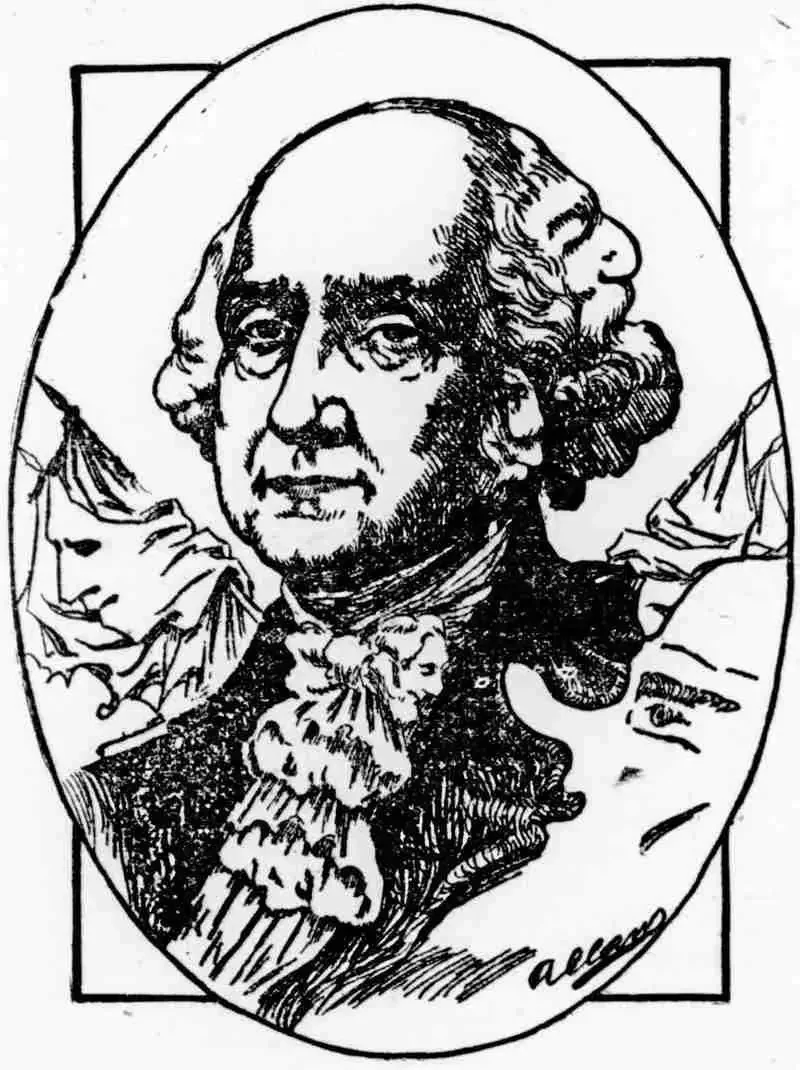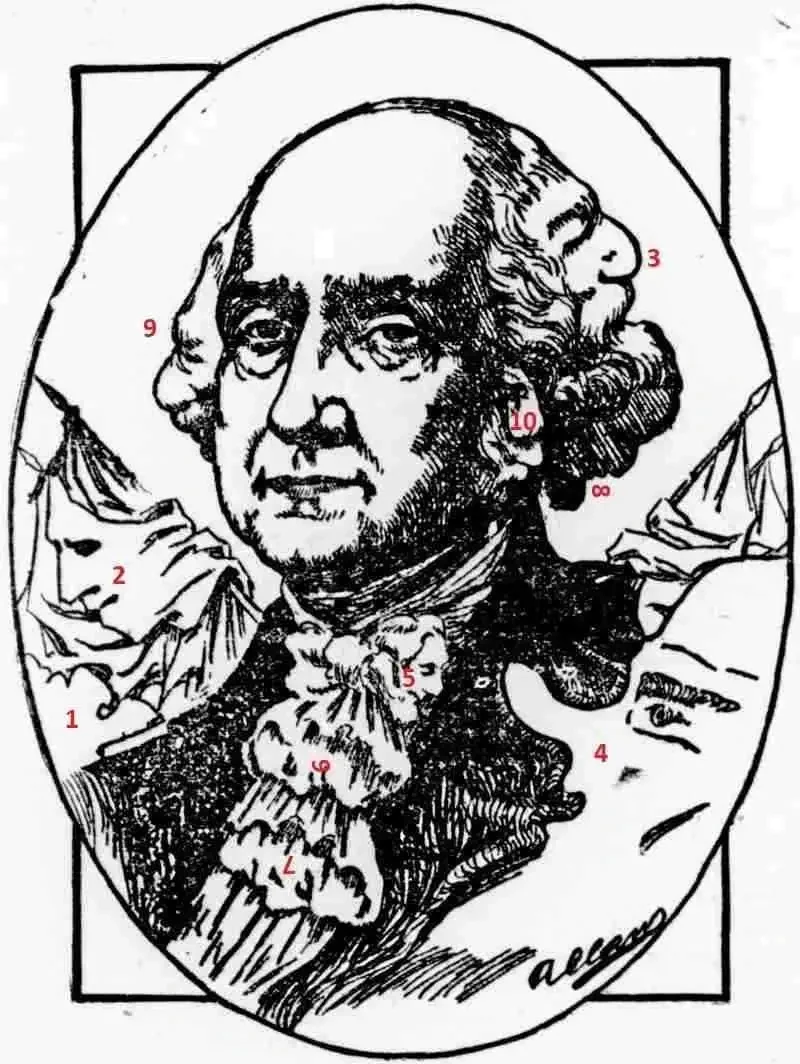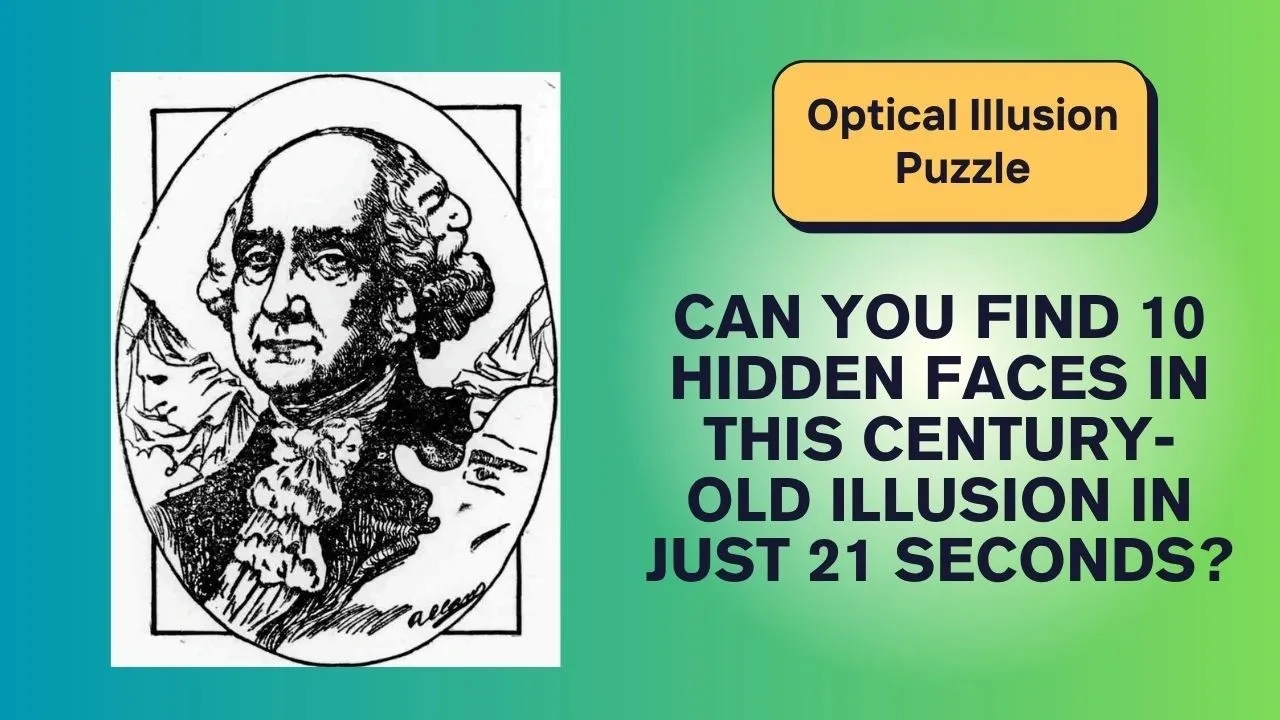For ages, optical illusions have fascinated people, but few are as intriguing—and challenging—as this old-fashioned puzzle that asks players to identify ten concealed faces in an otherwise mundane landscape. This traditional visual brainteaser, which has origins dating back more than a century, has endured and still baffles people today. The twist? You have only twenty-one seconds to figure things out. Ready to put your IQ and observational abilities to the test?
The Heritage of Antiquated Delusions
Illusions like this were printed in newspapers and publications to amuse and challenge the public long before cellphones and internet puzzles. These creative drawings frequently included deftly concealed components, such as faces, animals, or symbols, that were intended to blend in with the surroundings or pass for other objects. Depending on where it was published, the illusion in question is frequently called “The Forest Has Eyes” or something like that.
The simplicity of this century-old photograph is misleading. It might initially seem like a serene rural setting, possibly consisting of a collection of trees, hills, or rocks. However, ten cleverly concealed human faces are concealed within the brushstrokes, each placed so that their identities are not immediately apparent. Light, shadow, and optical presumptions are all used in this illusion to confuse you.

Why It’s So Difficult
The human brain is conditioned to process scenes based on familiarity, which is what makes this puzzle so challenging. Faces that are rotated, warped, or broken can be difficult for us to recognize right away since our minds search for items or people in predictable locations.
Some of the faces in this old puzzle are made up of overlapping tree branches, while others might be a component of clouds or rock formations. It’s possible that a portion of what appeared to be an animal’s body is actually a carefully concealed face. The task pushes your brain to enter a more analytical mode and transcend ordinary perception.
It is a true test of cognitive agility and attention to detail because of the strain added by the 21-second time limit. The reason this illusion has remained so popular throughout the years is because few people are able to identify all ten faces on their first try.
Ways to Identify the Faces
Here are some pointers to increase your chances:
- Begin at the edges: In order to deceive the viewer, artists frequently conceal components along the edges.
- Check for symmetry: The features of human faces are often balanced. A concealed face could be indicated by any symmetrical shape.
- Change your focus: Squinting, enlarging, or looking at the image from a different perspective might occasionally make hidden details stand out.
It’s mainly a matter of visual perception than IQ, so don’t worry if you can’t locate all ten faces in 21 seconds. However, people who are artistically sensitive or have a keen eye for detail tend to do better.
What You Can Learn From It
These kinds of puzzles provide insights into how our brains process information in addition to being entertaining. Some people who are quick observers might be better at spotting patterns, while others might have a vivid visual imagination. In any case, practicing illusions like this is a terrific method to improve your cognitive reflexes.

Great puzzles never go out of style—instead, they continue to challenge new generations, as seen by this antique optical illusion. Congratulations if you were able to identify all ten faces! If not, don’t panic; you’ve simply taught your brain to view the world with greater curiosity and detail. Try it again, tell your friends about it, and see who can see the best!

